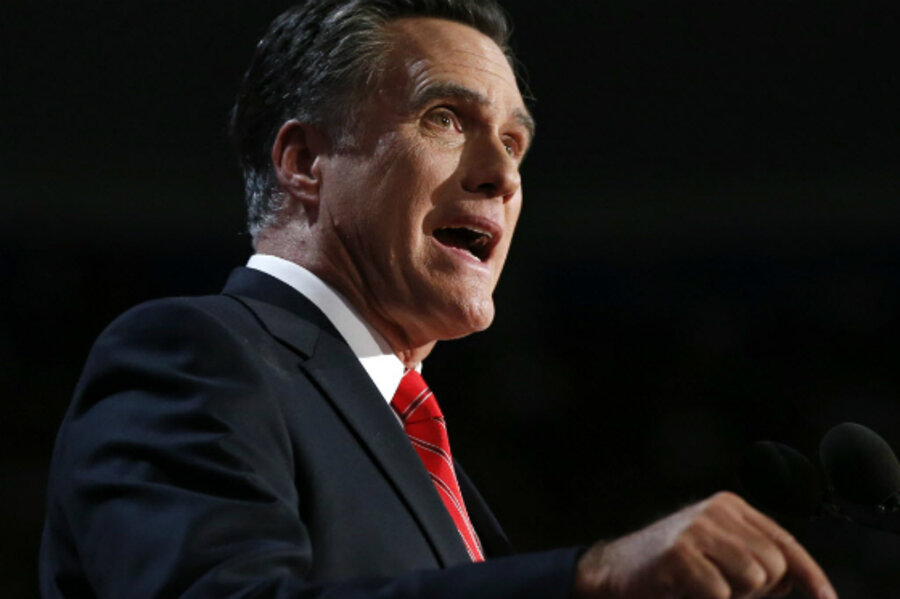As governor of Massachusetts, Romney backed a market-based plan to put a cap on carbon dioxide emissions and trade emission permits or credits. "This is a great thing for the commonwealth," Romney said in 2005 of the Regional Greenhouse Gas Initiative. "We can effectively create incentives to help stimulate a sector of the economy and at the same time not kill jobs."
But news reports soon began to appear saying Romney was cooling on the new regional pact. On Dec. 14, just prior to the pact's public unveiling, Romney rejected it, because other states refused to include his proposed "safety valve" pricing mechanism that he said would prevent costs to utilities from spiraling out of control.
"He believes we should not spend trillions of dollars on job-killing measures like cap and trade," a spokesman for his presidential campaign, speaking on background, wrote in an e-mail.
Since becoming president, Obama has unambiguously backed federal cap-and-trade legislation that would use a market-style mechanism to ratchet down US emissions of greenhouse gases, especially on power plants.
“As we move forward over the next several years, my hope is, is that the United States, as one of several countries with a big carbon footprint, can find further ways to reduce our carbon emissions,” Obama in said Canberra, Australia, in November 2011.






